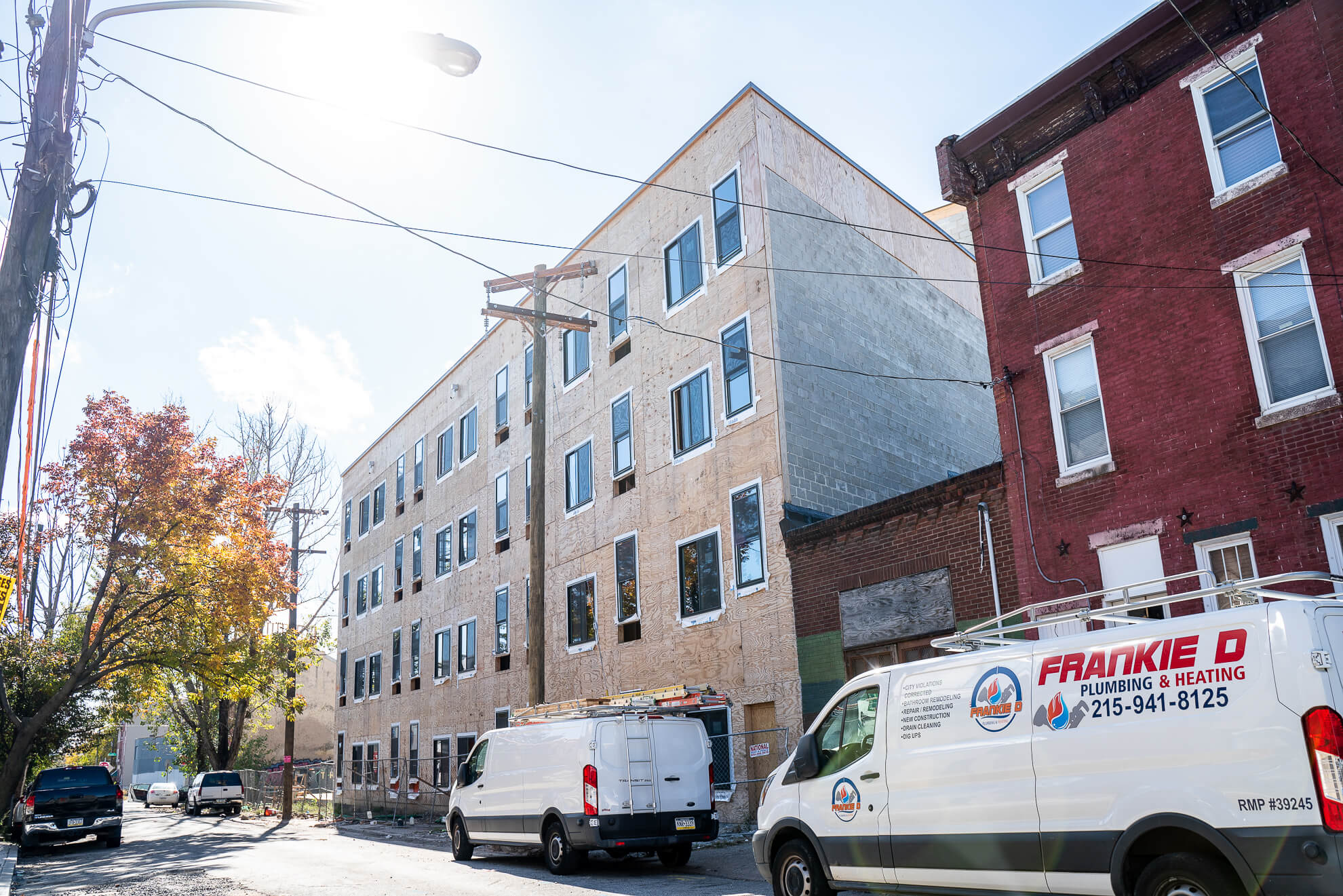The Evolution of Window Technology: From Single Pane to Smart Windows
The humble window has come a long way from just a hole in the wall to the sophisticated, multifunctional installations that grace our homes today. This journey of innovation isn’t just about aesthetics; it’s about advancements that enhance both energy efficiency and the comfort of living spaces. Let’s take a dive into the fascinating evolution of window technology, tracing the path from the early single-pane designs to today’s smart windows.

From Single Pane to Double Glazing: A Historical Perspective
The story of window development starts with the single-pane window, a basic yet revolutionary idea. Single-pane windows were once the norm, but they offered little insulation or noise reduction. As the need for more efficient homes became apparent, particularly in cooler climates, the double-glazed window became prominent.
Double glazing involves two layers of glass with an air or gas-filled space in between. This design significantly reduces heat loss, keeps homes warmer, and reduces energy costs. By the 1980s, double-glazed windows had become a standard in regions experiencing harsh winters.
Modern Innovations: Triple-Glazing and Beyond
As technology progressed, so did window design. Triple-glazed windows, featuring three layers of glass and two insulating spaces, provide even greater energy efficiency than their double-glazed counterparts. These are particularly popular in Scandinavia and Canada, where extreme cold is common, but are gaining traction globally as energy costs continue to rise.
In recent years, technological advancements have led to the creation of “smart windows.” These high-tech alternatives use technologies like electrochromic glass, which can change its light transmission properties based on the intensity of incoming light. This not only helps in maintaining optimal indoor temperatures but also reduces the need for shades or blinds, allowing for uninterrupted views and natural light.

The Future is Bright: Smart Windows and Sustainability
Looking ahead, the potential for window technology appears limitless. Innovations such as windows that tint automatically to block solar heat or clear windows that can transform into opaque privacy screens are already changing how we think about the functionalities of a simple glass pane.
Moreover, as we move towards more sustainable building practices, the role of smart windows is becoming even more critical. These windows can significantly decrease energy use and greenhouse gas emissions by optimizing heating and cooling efficiencies. This is not only good for the planet but also for homeowners looking to reduce their energy bills.
Conclusion: Windows of Opportunity
The evolution of window technology reflects broader trends in architecture and building design, including a push towards greater energy efficiency and smarter living solutions. From the simple single-pane window to multifaceted smart windows, each advancement offers a new window of opportunity to enhance our homes and workplaces.
As we continue to innovate, who knows what the future of windows will look like? But one thing is for sure – the view is looking pretty good from here.